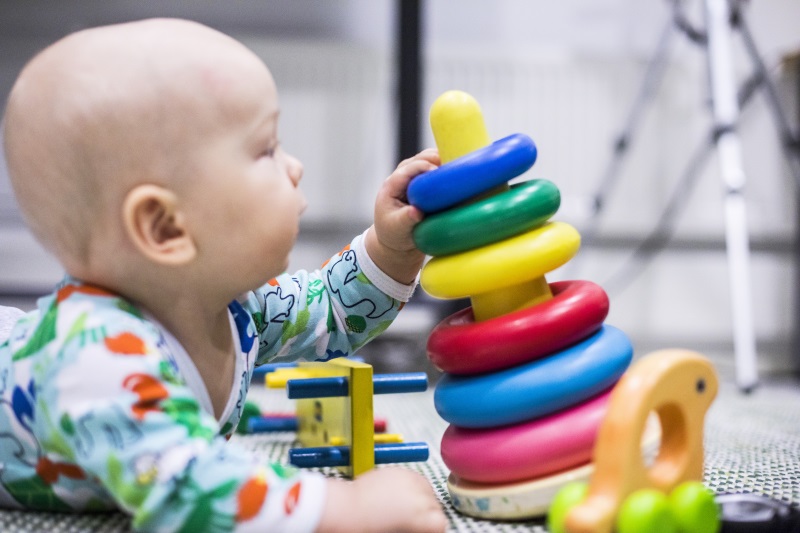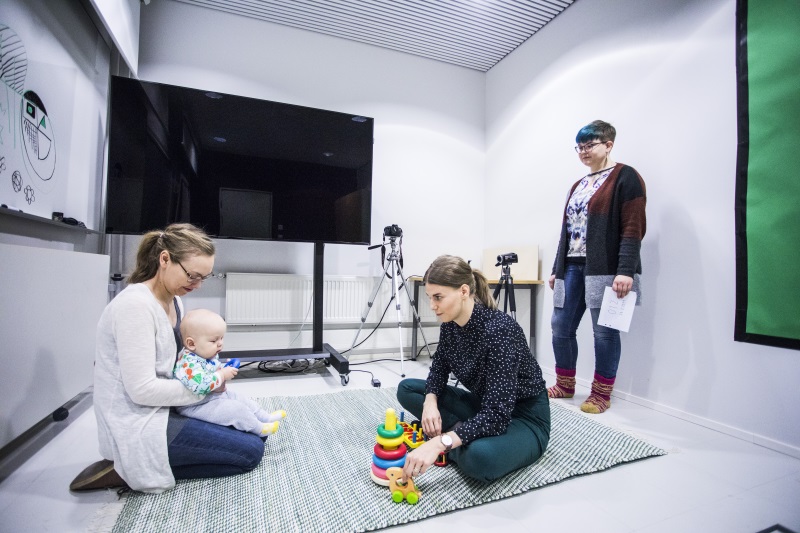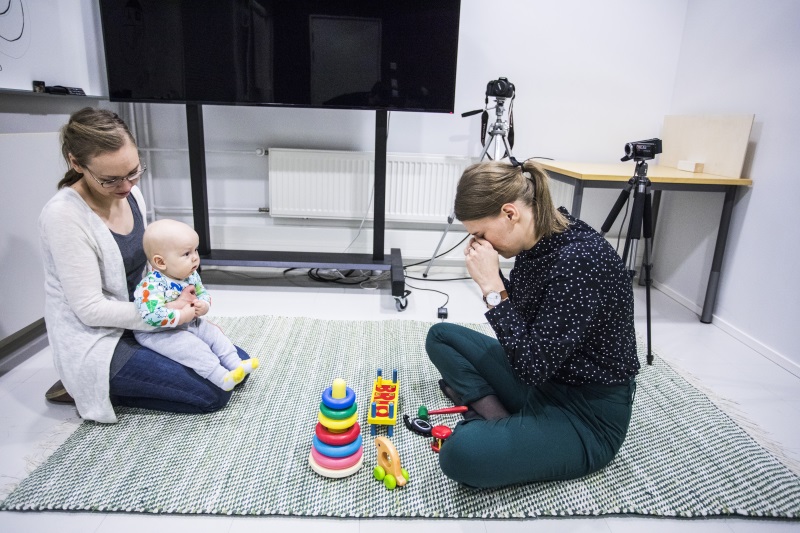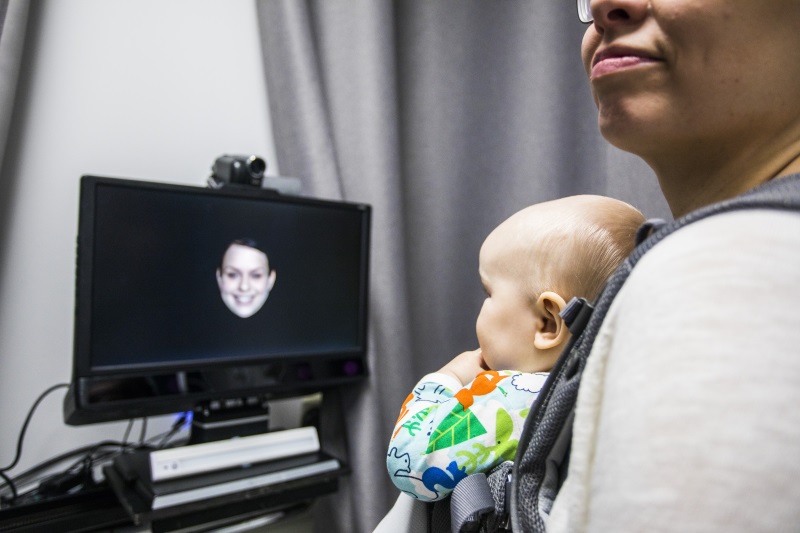
Klikkaa tästä saadaksesi tietoa tutkimuksesta suomeksi
In the TSEMP project (Tampere Study on Empathy Development), we are interested in the development of empathy and prosocial behavior during the first years of life.
Background
Empathy refers to the tendency to share and understand the emotional states of others. The ability to feel empathic concern in response to others’ distress may be important for the development of prosocial behavior, which refers to the tendency to unselfishly help, comfort and share with others. Studies have shown that young infants even before their first birthday are able to express signs of empathic concern when they see another person in distress. And before their second birthday, children show clear acts of prosocial behavior, by helping others in need, sharing from their own when things are not distributed equally, and comforting when others are distressed.
Empathy and prosociality can be viewed as a continuum, where the other end is marked by highly altruistic (unselfish) behavior toward others, while the other end of the continuum is characterized by antisocial and callous features (Marsh, 2019). Severe antisocial behavior typically does not emerge before late childhood and adolescence, but signs that may represent risk markers of future antisocial behavior can be observed already at preschool age in children’s destructive behavior or callous-unemotional responses to others’ distress.

Research in older children and adults has shown that individual differences in the “empathy continuum” are associated with how people recognize and react to social and emotional information. An often replicated finding is that people who show more empathic and prosocial responses toward others are more sensitive to signs of distress, such as fearful facial expressions. Conversely, people characterized by antisocial behaviors have been shown to express diminished recognition of fear in others.
Our research
In our research, we investigate whether associations between social and emotional information processing and empathy-related traits are observed already during the first years of life. Importantly, the outcomes of this research may also guide efforts on the early detection of risk markers of later behavioral problems, which could, ultimately, be used to provide appropriate supportive measures at early stages of development.
To achieve our goals, in the HIP Lab we have conducted a longitudinal study spanning from 7 months to 4 years of age, with 134 families enrolled in the study. We used eye-tracking to measure how infants and young children focus their attention on faces displaying fear and other emotions. Empathic concern was assessed with a pain simulation paradigm in which the child interacted with an adult pretending to be in pain, and prosocial behavior was assessed with observational tasks in which the child was provided with multiple opportunities to help an adult who was faced with different everyday problems. Finally, multiple questionnaires were used to chart the children’s emotional development and potential signs of behavioral problems and callous-unemotional traits. Through international collaboration, we are also investigating the role of physiological arousal (heart rate and pupil dilation) to others’ distress in the expression of empathic concern in young children.
This research project is directed by Dr. Mikko Peltola in collaboration with Dr. Santeri Yrttiaho, Prof. Jukka Leppänen (University of Turku) and Prof. Maayan Davidov (Hebrew University of Jerusalem). The studies are conducted in the Human Information Processing Laboratory.
Photos of our research
Photo credits: Jonne Renvall/Tampere University



